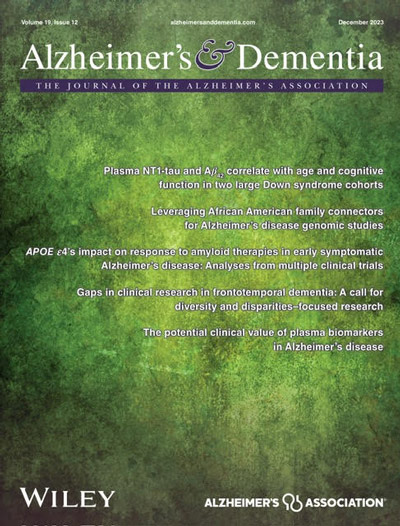The Brain Health Index: Integrating vulnerability, resilience, and cognitive function into a unified measure of cognitive health and risk of neurodegenerative disease
Abstract
INTRODUCTION
Assessing brain health and identifying cognitive impairment risk remains challenging, with only 11.4% of MCI cases receiving timely diagnoses. We developed the Brain Health Index (BHI), integrating the Vulnerability Index, Resilience Index, and Number Symbol Coding Task into a unified metric.
METHODS
We evaluated 469 participants (258 congnitively normal [CN], 140 mild cognitive impairment [MCI], 49 Alzheimer's disease and related dementias [ADRD]) using comprehensive clinical, cognitive, and biomarker assessments. After empirically-derived weighting, BHI thresholds were developed. Cross-sectional associations and longitudinal analyses were performed, with threshold validation for risk stratification.
RESULTS
BHI demonstrated strong correlations with cognitive (Montreal Cognitive Assessment [MoCA] r2 = 0.408), functional (Functional Activities Questionnaire [FAQ] r2 = 0.278), and biomarker (neurofilament light chain [NfL] r2 = 0.073) measures. Complete mediation was observed for NfL and glial fibrillary acidic protein (GFAP) changes over 1 year. Threshold analysis revealed 89.2% of low BHI participants had cognitive impairment, with only one ADRD case in the high BHI group.
DISCUSSION
The BHI provides a brief, validated, comprehensive brain health metric with clinical utility for risk stratification and intervention monitoring.
Highlights
- Assessing brain health status and identifying individuals at risk for cognitive impairment remains a significant challenge, particularly in early prodromal and symptomatic stages when current therapies may be most effective and patients may be eligible for clinical trials.
- We created a unified metric, the Brain Health Index (BHI), combining resilience and vulnerability factors with cognitive performance that divided individuals into high, indeterminant, and low risk groups.
- The BHI demonstrated strong correlations with cognitive, functional, and biomarker measures.
- The BHI had a 16-fold increase in identifying individuals who were likely to have cognitive impairment.
- The BHI provides a brief, validated, comprehensive brain health metric with clinical utility for risk stratification and intervention monitoring.



 求助内容:
求助内容: 应助结果提醒方式:
应助结果提醒方式:


